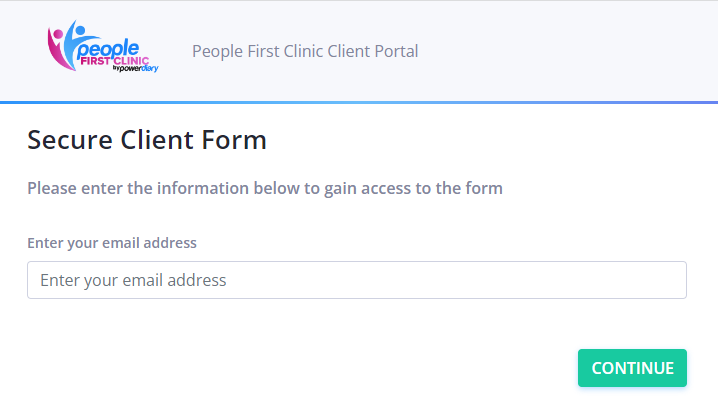Enable client form authentication in Power Diary to ensure secure access to online forms. Learn how to enable this feature and guide clients through the authentication process.
This feature allows you to enable simple authentication for a client to pass before they can access an online form. This feature will help prevent access to an online form in situations such as when a users may accidentally send out a link to the wrong client.
In this article:
How To Enable Client Form Authentication
This is done easily with just a click of a button. Please open Settings > Configuration > Communications, and toggle on the 'Enable Client Form Authentication' switch, and save changes:

Note💡
You may wish to inform clients that they will be required to authenticate before getting access to an online form. We recommend that you include such instructions in your communication templates that you use to send online form links.
You can find and edit your communication templates on Tools > Communication > Templates page.
How Clients Authenticate
- Once the client form authentication is enabled, clients will be required to authenticate before they access an online form. When they click on the online form link that you sent them, this is what they will see:

- They will need to enter the email address that they have on their client profile in your Power Diary account, to authenticate themselves. After they click Continue and the system authenticates them, they will gain access to the online form itself.
- The rule of thumb is to enter email address or mobile number that are listed on the Details page of the profile where the online form was generated. For example, if a contact person needs to fill the form that was generated in the client's profile, they will need to enter the email address that is saved in the client's Details page.
Important
- If a client does not have either an email or mobile number on their profile page in Power Diary, they will not be asked for any authentication, even with form authentication on.
- If the client has email and mobile, authentication will ask for email as the link to the form is more likely to be sent by email. If there is no email but a mobile no on file, we will ask for the client's mobile.
- If there is no email but there is a mobile number on file, authentication will ask for the client's mobile.
